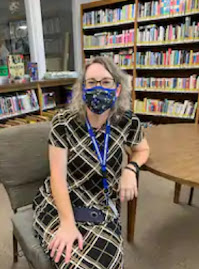 |
| Charley Pride in 2008 (Rogelio D. Solis, AP) |
Pride's talent was husbanded by early stars of modern country music. Red Sovine "was struck by Mr. Pride’s magnetism and the enthusiastic response he evoked from the White audience," reports Terence McArdle of The Washington Post. "He suggested that Mr. Pride take his chances in Nashville," where racism stood in his way. "Country guitarist Chet Atkins, who was also an RCA Records executive, saw promise in the singer. Radio stations received his first singles, credited to Country Charley Pride, without publicity photos, a cautious move by Atkins. Disc jockeys latched onto the records, and country fans listened" to his deep baritone. At one point, he was RCA's top-selling country artist.
He had 30 No. 1 hits, including “Kiss An Angel Good Mornin’,” “Is Anybody Goin’ to San Antone” and “Mountain of Love.” He was the Country Music Association’s entertainer of the year in 1971, and its top male vocalist that year and the next. The CMA gave him a lifetime achievement award in 2020, after he was featured in the Ken Burns documentary series, "Country Music." He "shattered a show-business barrier, paving the way for subsequent black entertainers — Stoney Edwards, Big Al Downing and Darius Rucker, among them," McArdle notes.Pride was born March 18, 1934, in Sledge, Miss., one of 11 children. He wrote many songs about his native area, two of particular interest to rural journalists: "Hickory Hollow Times and County News," recorded in 2011, about "our tiny hometown paper" sent to him by a childhood friend who'd married one of Pride's former girlfriends; and "Guntersville Gazette," a Richie McDonald song on the same album, with a similar line. The refrain to "Hickory Hollow Times and County News" goes:
Got the farm report, the high school sports
Fishing news and bowling scores
The weather and the ladies' gossip too
Who's left town and who's come home
Who's been born and who's passed on
Who's divorced and who's married who
In the Hickory Hollow Times and County News.











